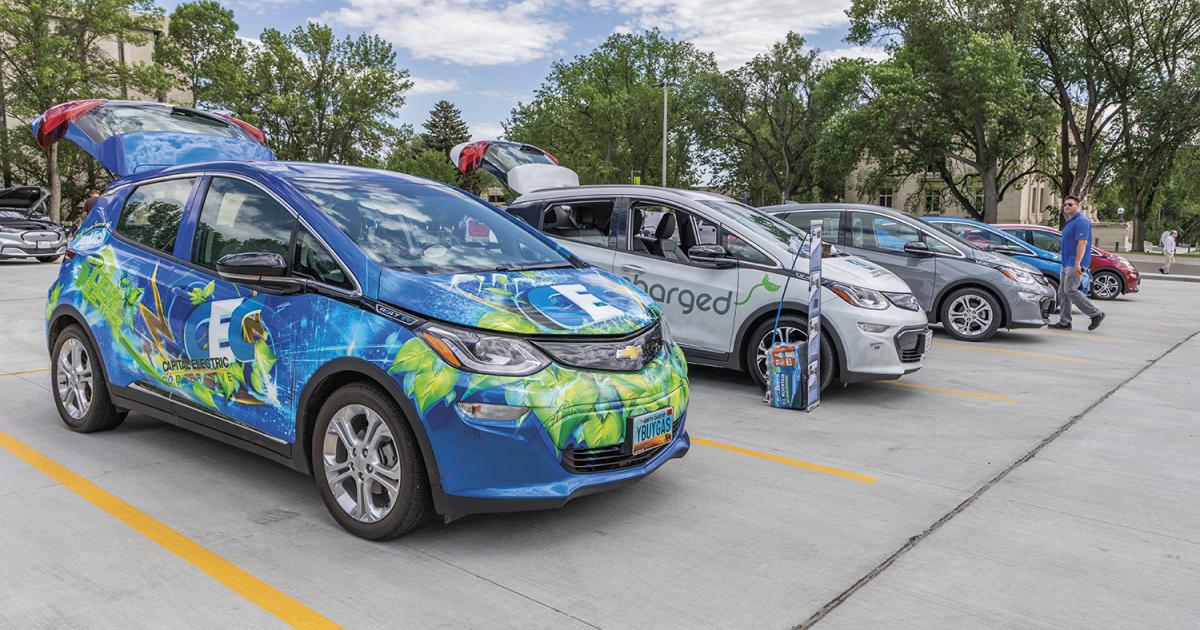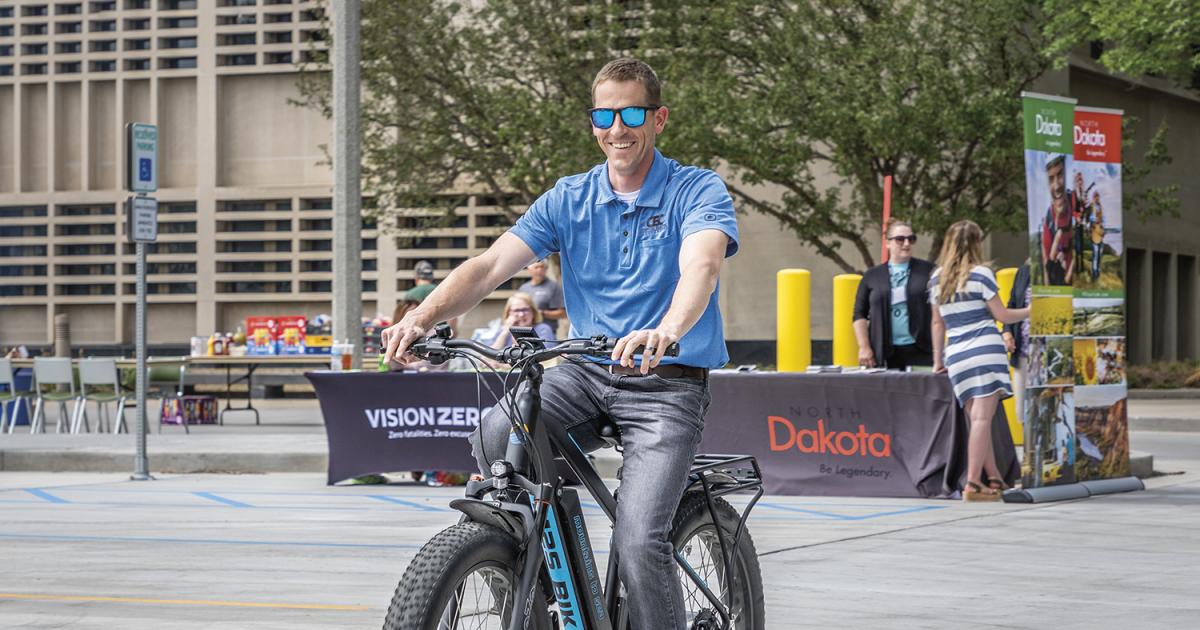If “rural electrification” was a buzzword spreading across the nation in the 1930s, “beneficial electrification” might be a buzzword of the 2030s.
Rural electrification in North Dakota held dreams of making life better for every farm family, and eventually, meant serving members in every pocket of this state, from the most remote to urban areas.
Beneficial electrification, on the other hand, encourages the use of electricity when and where it makes sense. It also aims to improve quality of life, but it doesn’t mean electrify at all costs.
“You can electrify things and not leave people better off,” says Keith Dennis, president of the Beneficial Electrification League and formerly with the National Rural Electric Cooperative Association (NRECA).
Imagine all the cars on the road in North Dakota. Now, with the wave of a magic wand – BOOM! – they’re all electric. Would that be beneficial? No, it wouldn’t. While North Dakotans’ interest in electric vehicles (EV) is growing, the current EV charging infrastructure could not support an abrupt electrification of vehicles on the road.
EVs, however, can be a benefit, Dennis says, if done right. EVs rely on stable electricity prices instead of erratic gas prices, are quieter and friendlier to the environment, and require less maintenance.
Like EVs, many other electric products are deemed beneficial electrification.
Beneficial electrification includes the application of electricity to end-uses when doing so satisfies one of the following conditions, without adversely affecting the others:
• Saves consumers money over time
• Benefits the environment and reduces greenhouse gas emissions
• Improves product quality or consumer quality of life
• Fosters a more robust and resilient electric grid
Examples include electric home appliances, on-demand and high-efficiency hot water heaters, heat pumps, electric-powered garden equipment, smart home technologies, and energy-efficient appliances and lighting. Many of these beneficial electrification technologies include a “smart” component, allowing users remote control from a smartphone or connected device. Consumers are increasingly integrating electric technologies and smart products into their homes – like smart thermostats and smart lighting – that afford convenience at their fingertips and equate to energy and money savings.
More broadly, the concept of beneficial electrification reveals news ways energy can improve people’s lives, from our everyday lives at home, work and school, to the more effective operation of the nation’s electric grid and a cleaner environment for all.
Dennis explains beneficial electrification in another way: Think about your gasoline-powered lawnmower. Maybe you love it. Maybe your neighbor hates it. Maybe the size of your mowing job takes longer than a battery lasts. Now, think through the advantages of an electric mower. No more gas cans to fill and store in the garage. No gas fumes. An electric mower is quieter, less intrusive on neighbors and family. On a larger scale, an idle mower plugged in for recharging becomes part of the electric grid. In the future, with enough mowers plugged in, timing could be coordinated so the charging happens when people are using the least amount of electricity, maybe in the middle of the night. That would allow electric utilities to operate more efficiently, evening out electricity over a 24-hour period. And if you’re concerned about the environmental effects of your energy use, much can be gained with thoughtful decision-making about how and when electricity is used, and by utilizing the latest technologies that are helping all generation sources, from fossil fuels to renewables and even advanced nuclear, become better for the environment. With enough electric products plugged in, over time, beneficial electrification could help reduce greenhouse gases.
“Electricity is getting cleaner over time. For the electric sector, since 2005, there is 29% less carbon emissions per megawatt-hour,” Dennis says. “At the same time, products are getting more efficient. By virtue of being plugged into the grid, the environmental performance of electric devices improves over time.”
Beneficial electrification is a familiar concept to electric cooperatives, and one that has been promoted and advanced by NRECA and the nationwide electric cooperative network. Environmental groups have also come to the table to support beneficial electrification. In this way, beneficial electrification also offers a valuable opportunity to engage both electric utilities and environmental groups in an effort to identify solutions that work well for the end-use consumer, local communities and the environment.
“When they do the math, they find out that electrification of more things is the answer. It’s one of the only pathways to a low-carbon future,” Dennis says.
The benefits of beneficial electrification appear vast.
“There’s a big opportunity for electrification to meet many objectives: saving folks money, reducing environmental impact, increasing the quality of life and helping the electric grid,” Dennis says.
And electric cooperatives, Dennis says, are especially well-suited to rethink the role of electricity. When electric co-ops were first formed in the 1930s, the goal went beyond electrification, to improving the quality of life with the benefits electricity could bring.
“The idea of beneficial electrification is really in the DNA of electric co-ops,” Dennis says. “Just like (more than) 80 years ago when they saw the chance to improve people’s quality of life, today they’re continuing to find ways to help people. It’s second nature to the co-ops.”
Cally Peterson is editor of North Dakota Living. She can be reached at cpeterson@ndarec.com.











